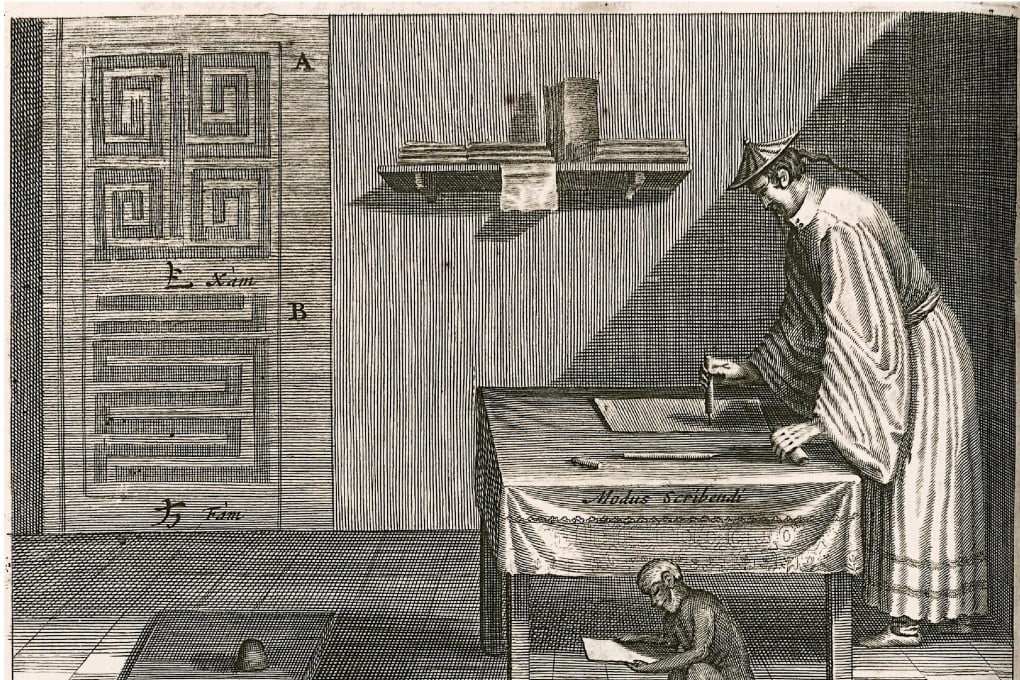Reflections | A brief history of books in China, from oracle bones to scrolls and string-bound texts
- Scrolls were the main repository of written texts in China for centuries
- Printing appeared in the Tang dynasty, but didn’t become common until later

I was recently given an Amazon Kindle and the e-reader has since become essential bedtime reading. I still prefer, and buy, traditional books for the usual reasons—the look, feel and smell of paper, the tactile pleasure of turning a page, the gratification in possessing beautifully produced books as opposed to a virtual bag of bytes—but limited living space has tampered the enthusiasm of this would-be bibliophile.
If we define a book as a portable medium of written language, then the first books in ancient China were oracle bones and shells of the Shang dynasty (circa 1600-1046BC), some of which were strung together.
The next stage in the evolution of Chinese books was the scroll, which was the main repository of written texts for the next two millennia until the 7th century, after printing was invented.
The first scrolls consisted of bamboo or wooden slips. Chinese characters, read from top to bottom, and then right to left until the 20th century, were written on narrow slips of equal dimensions. Multiple slips that made up a book were placed side by side and strung together along the top and bottom. These books were rolled up for easy storage, and to read them, one would unroll them on a desk or the floor.
Words were also written on silk scrolls, however, given the prohibitive costs of silk these were the preserve of the wealthy. In AD105, Cai Lun, a eunuch courtier of the Eastern Han dynasty, developed the process to produce cheap, high quality paper. While this led to an increase in the production of books, still in the form of scrolls, they had to be copied by hand.
